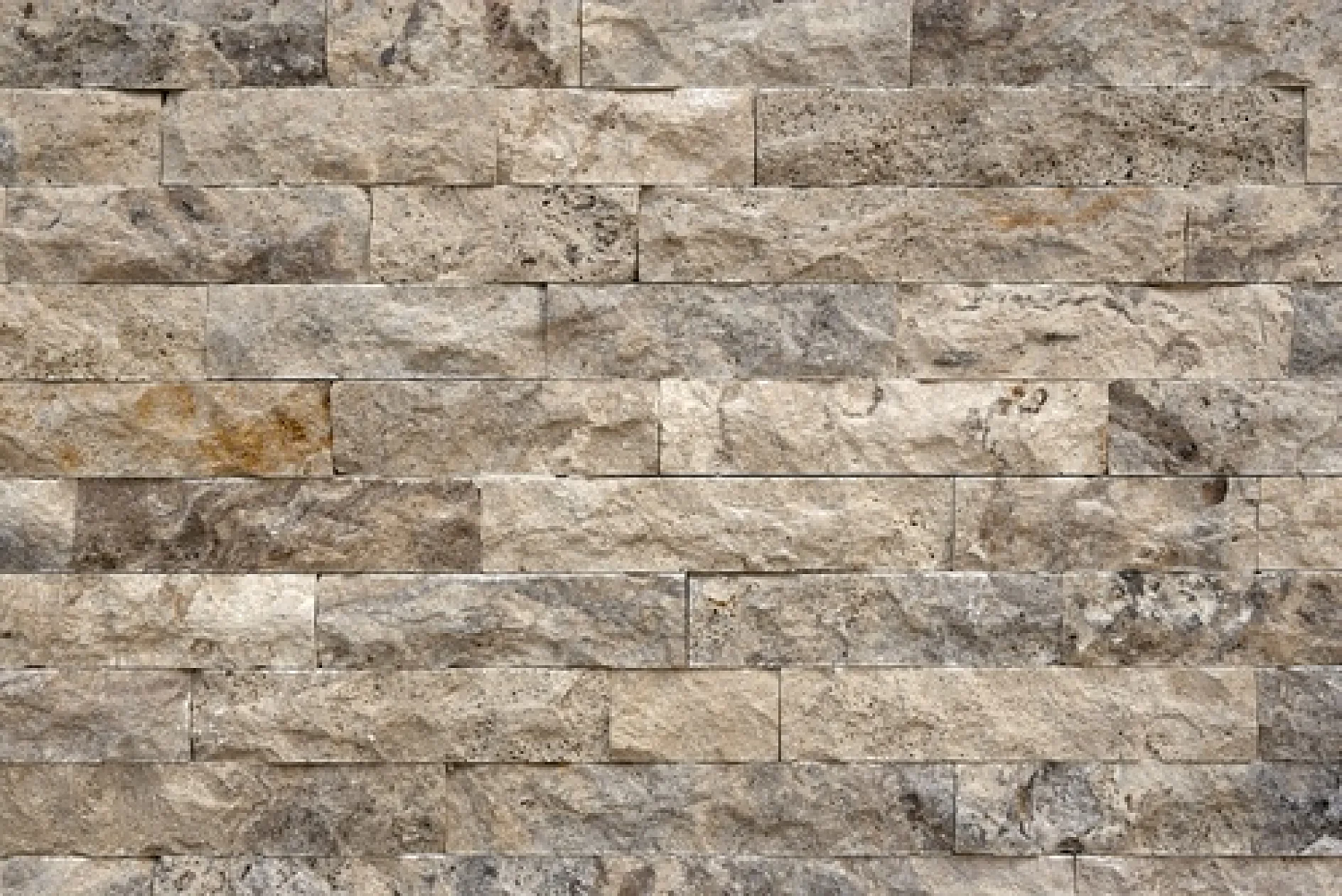Mineral Surfaces, Natural Stone, or Stucco
What to keep in mind when applying adhesive tape to mineral surfaces, natural stone, and stucco or plaster.

What to keep in mind when applying adhesive tape to mineral surfaces, natural stone, and stucco or plaster.
Metal as well as artificial or natural stone surfaces require particular care when applying adhesive – as their micro-porous structure is much more vulnerable than the seemingly solid base coat might suggest.
What to keep in mind when applying adhesive tape to mineral surfaces, natural stone, and stucco or plaster:
High-adhesion tapes should be used on these surfaces.

tesa professional masking tape for natural stone
Experience has shown that natural stone is a critical surface for adhesives. Discoloration was noticed in areas where adhesives were applied.
Adhesive tapes marketed as “stone tapes” are suitable for use on materials such as concrete and stucco or plaster, but not for natural stone.
Natural stone should be covered with felt or nonwoven fabric that is open to diffusion, without any adhesive bonding. Another protective measure that can be used for this kind of surface is plywood sheets, which shield the material from mechanical damage or slippage.
It was once common to use paper (often newspaper) and paste as a protective measure on natural stone, but that method is seldom used today.
For structured stucco surfaces, high-adhesion tapes that follow the contours of the surface should be used. A fabric adhesive tape, for instance, can be used as the backing material.
In the case of smooth or felted stucco, low-adhesion tapes should be used. The backing material should be selected according to the work that is to be performed later: paper tape for coating or painting work; fabric tape for plastering work, grinding work, mechanical strain, and the like.